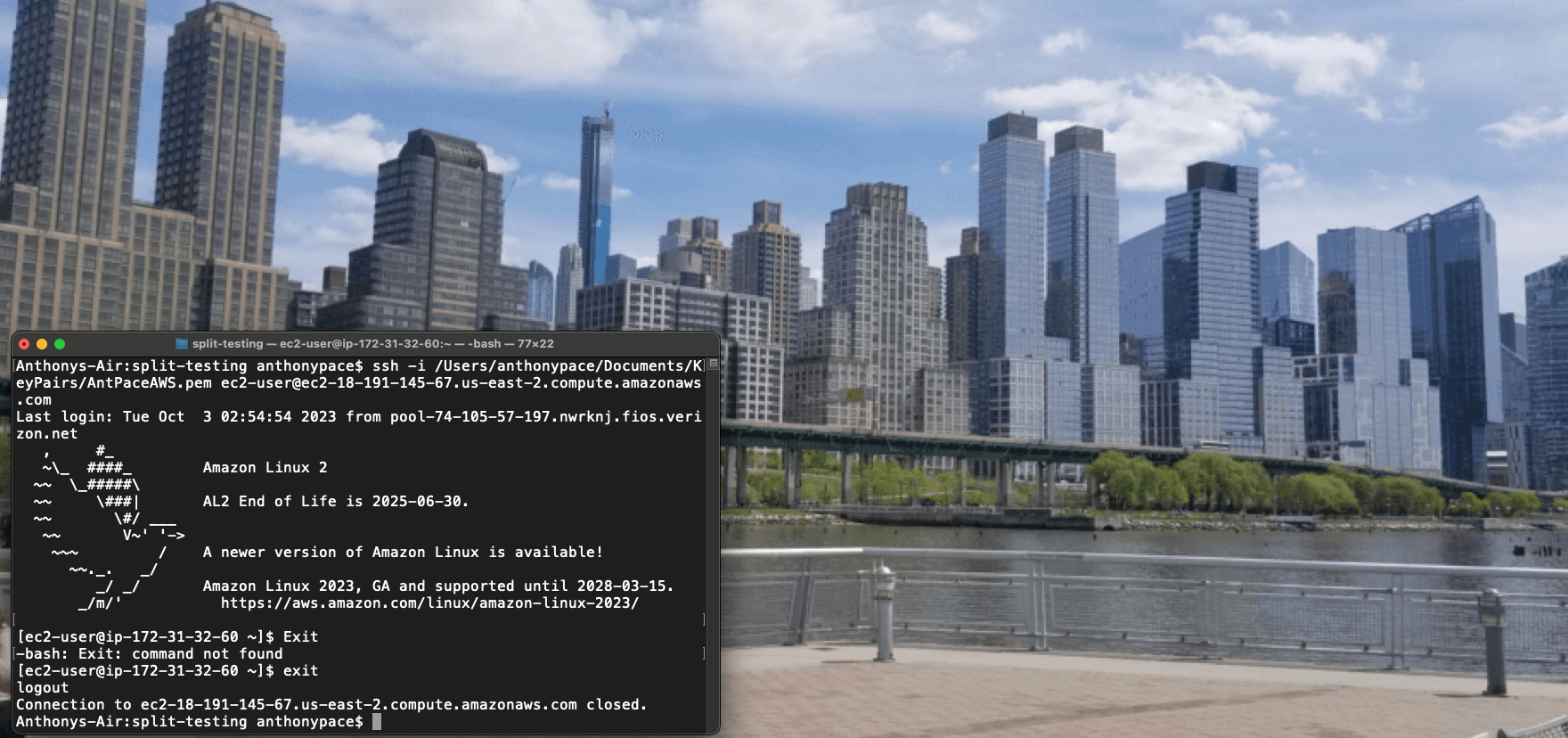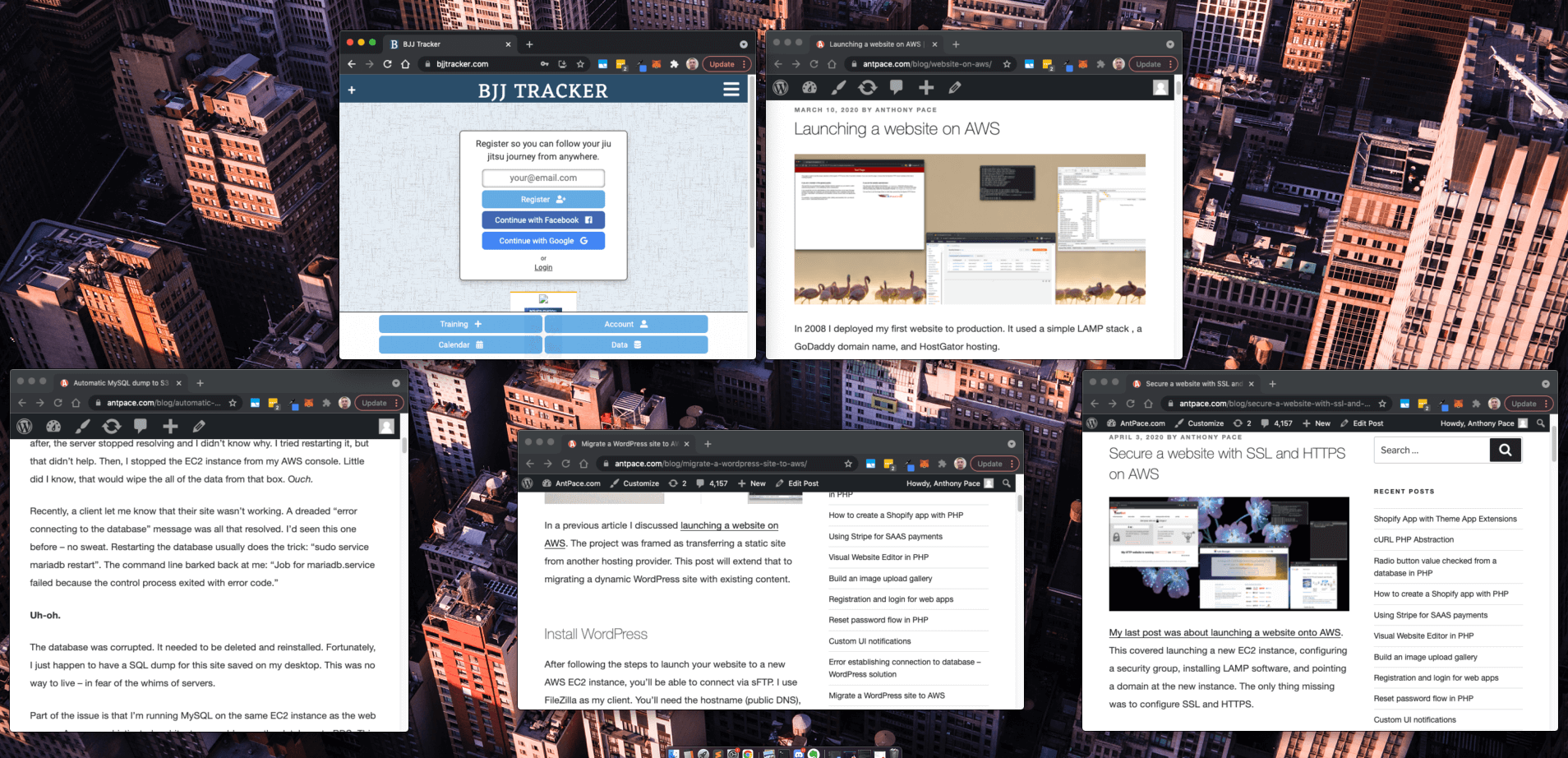The Great Resignation is an early 2020s buzz phrase. It describes a large portion of the workforce quitting. This Big Quit has been precipitated by numerous factors, but most obviously the CoVid-19 pandemic. Truthfully, the snowball started rolling prior to the worldwide shutdown. Online freelancing and digital nomadism have been picking up steam for nearly a decade. Ubiquitous Wi-Fi, inexpensive devices, and on-demand cloud computing paved the road of the Extraordinary Exodus. The ability to work remotely, I believe, is one of the strongest drivers of this cultural shift.
Employment as we know it is a raw deal. It exploits workers and business owners. Only since the advent of the industrial revolution has the modern work schedule and environment taken this shape.
Employees are tasked to toil in serfdom. The employer is expected to be a parent. Those costs, risks, and responsibilities weigh heavily on executive shoulders. And that gravity ultimately crushes workers as exploitation.
Employer sponsored medicine took hold after World War 2. To fight inflation, the 1942 Stabilization Act was passed. That law prevented employers’ from raising wages. As a work-around to compete for high-demand workers, companies began offering health benefits as a competitive incentive. Nearly a century later, healthcare and employment are intertwined in the bleakest of scenarios.
Now can be the epoch of freedom. It’s the original promise of all the technological advances we now enjoy. Greater prosperity, with fewer shackles to hold us down. That also means businesses can enjoy larger output with less overhead.
When writing this, I was careful not to refer to employers as bosses. Ultimately, they are the clients. Workers should be expected to “manage up”, as they control labor, and in turn, production output and capital income.
What about health insurance?
It’s an absurd burden that businesses are expected to provide employees with healthcare. With that type of expectation, employers feel justified squeezing out every last drop of labor juice – be it sweat or tears.
Even worse, as workers, it’s crazy that access to medicine is tied to employment. Public health should be a public service, paid for by taxes. And, I’m not suggesting that taxes should be raised, but instead reallocated from bureaucratic waste, corruption, and cruelty.
Healthcare is among numerous benefits subsidized and off-loaded to the private sector. It has a taste similar to the Western tipping scheme found in the restaurant service industry.
Freedom
Nine hours in an office each day doesn’t leave time for much else. It was a routine I faced for years, along with many other New York straphangers. A long daily commute was the little time I could find to read, meditate, or relax. My only exercise came from pushing deadlines, jumping through hoops, and squeezing in meetings.
An age of abundance is possible within our lifetime. Laborers are being replaced by technology. Remember, most jobs are bullshit anyway. Humanity can feed itself, and anything more is just pollution.
Freelance
A freelance side hustle is the first step in buying your freedom. Owning, and running, your own remote business comes pretty close to what I imagine as the Digital Dream. When working as a freelance web developer I follow a process to ensure success. I am able to pitch potential clients on improvements, audits, and maintenance agreements.

